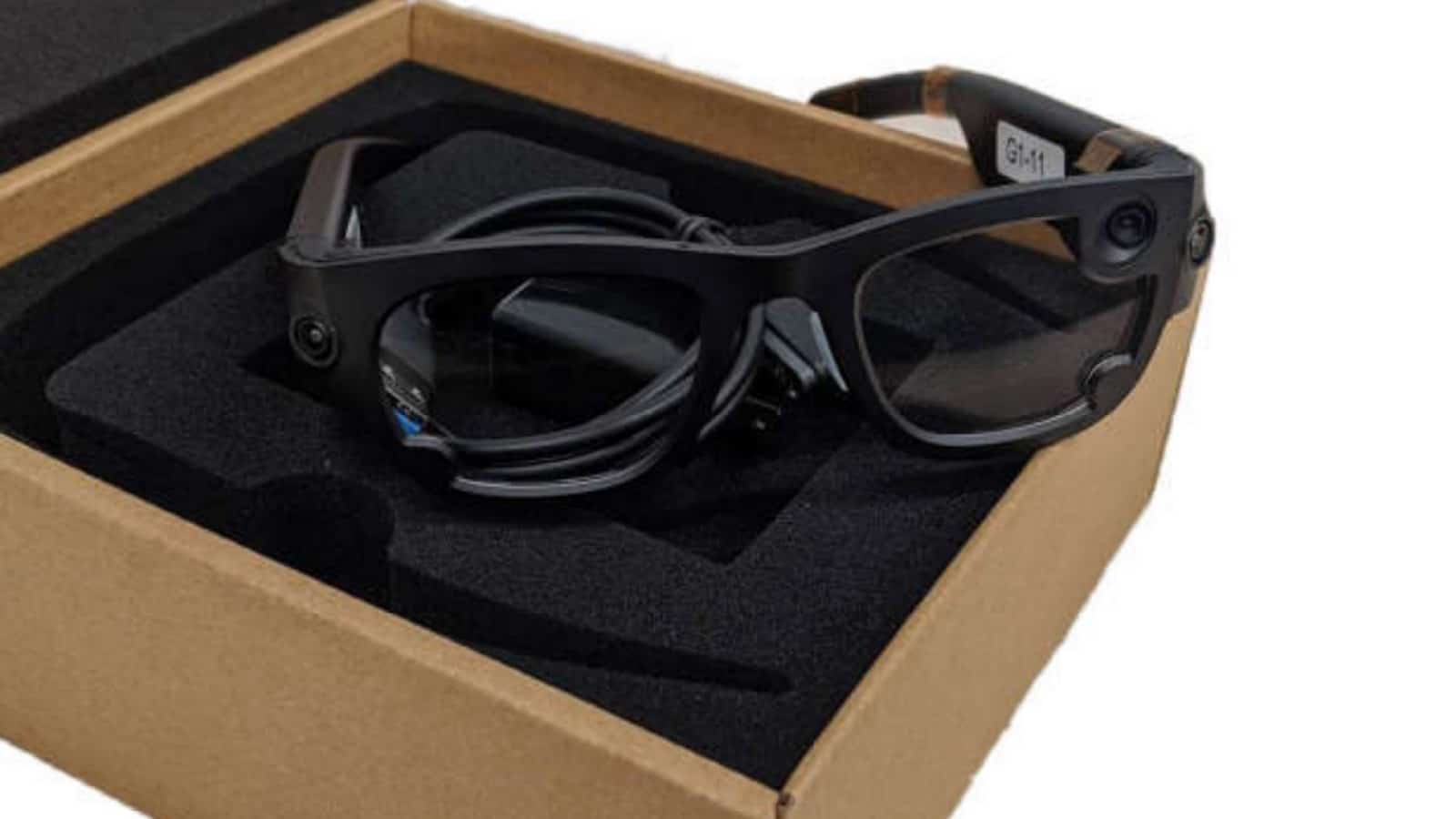Facebook’s secretive AR glasses have finally been revealed thanks to a boring user manual
First announced two years ago, we’re finally learning more about Facebook’s AR project.

Just a heads up, if you buy something through our links, we may get a small share of the sale. It’s one of the ways we keep the lights on here. Click here for more.
Thanks to some regulatory documents, we finally know what Facebook’s secretive Project Aria augmented reality (AR) smart glasses look like. First announced two years ago at its 2019 Connect conference, the AR glasses only got a name a year later, when it unveiled the Project Aria branding alongside the Quest 2 VR headset.
The smart glasses were confirmed again earlier this year during an earnings call, laying out the partnership with Ray-Ban to actually create the hardware. Now, thanks to the eagle eyes at Protocol, we’ve got actual images of the prototype hardware, inside its user manual (shown above). It’s got a new codename, Gemini EVT (engineering valuation test), and the regulatory documents lay out a large amount of the hardware inside.
For a start, Project Aria is about collecting data, not displaying it. That means no futuristic Google Glass-style heads-up display. Four cameras are mounted on the glasses, and they’re capable of recording images or video. They’re the same sensors used on the Oculus Quest 2, based on the images. Oh, and it records all four camera feeds at the same time, in a format called VRS.

It’s powered by a Qualcomm chipset, running a customized version of Android that Facebook calls “Oculus OS.” Does that point to some crossover with the company’s Oculus VR headsets? The manual also shows a companion app, Ariane, which seems to only have an iOS version right now. That handles the setup of the AR glasses and things like showing battery levels and collected sensor data.
The thing is, the user manual doesn’t really show any clues about exactly what Facebook has in mind for the data being collected. Maybe it’s just to figure out which sensors it actually needs for a consumer product, or maybe it’s doing something like mapping out their office spaces to enable contextual clues for eventual consumer use.
That would explain the use of the four-camera setup from the Oculus Quest 2, which enables visual SLAM. That could mean visual AR experiences in the future, even if this experimental step doesn’t have a visual element.
Have any thoughts on this? Let us know down below in the comments or carry the discussion over to our Twitter or Facebook.
Editors’ Recommendations:
- The new Oculus Quest 2 sports double the storage without raising the price
- Mark Zuckerberg confirms Facebook’s next hardware release will be Ray-Ban smart glasses
- For some reason, Snap is working on yet another pair of AR glasses
- Facebook is moving Messenger’s calling feature back to the main app for some reason































